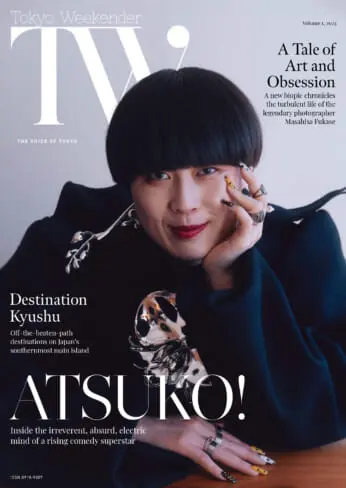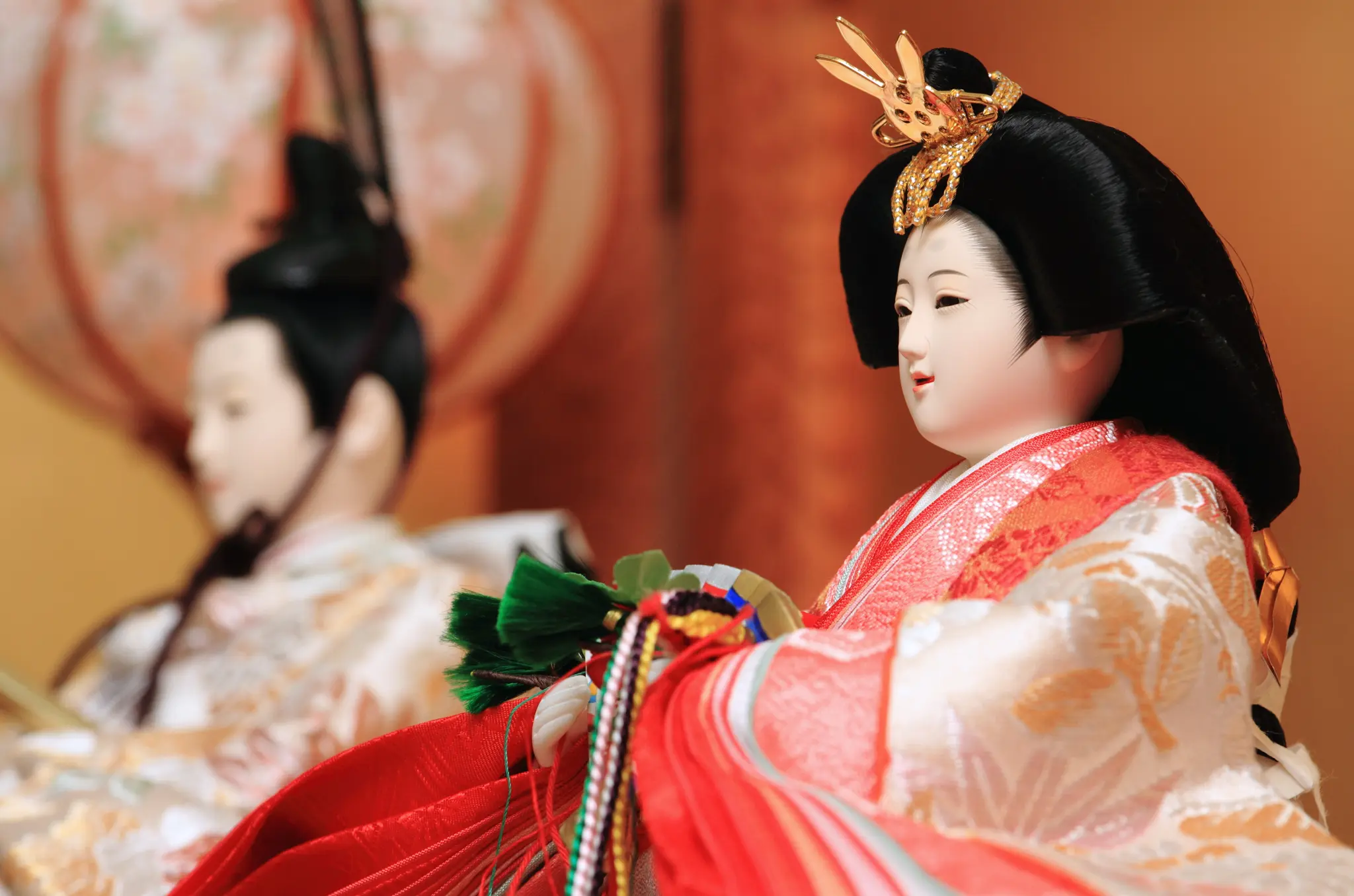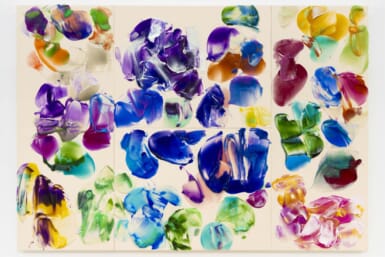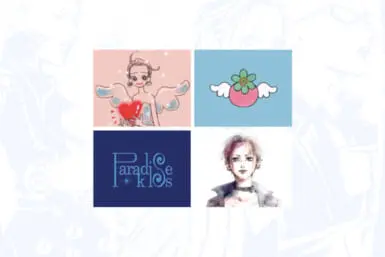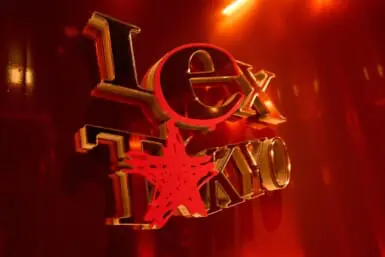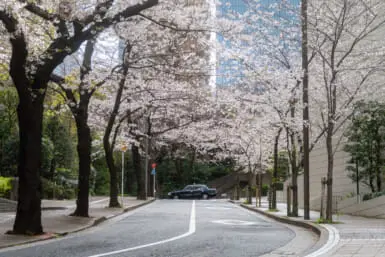Come March 3 each year, you’ll be able to spot elaborate displays of dolls around Japan, from the windows of houses to department stores. For some, these dolls are gorgeous. Others may see them as creepy as they sit atop their fancy platforms. What are they there for and what do they represent? In this article, we’ll be taking a closer look at this spectacle, which is known as Hina Matsuri.
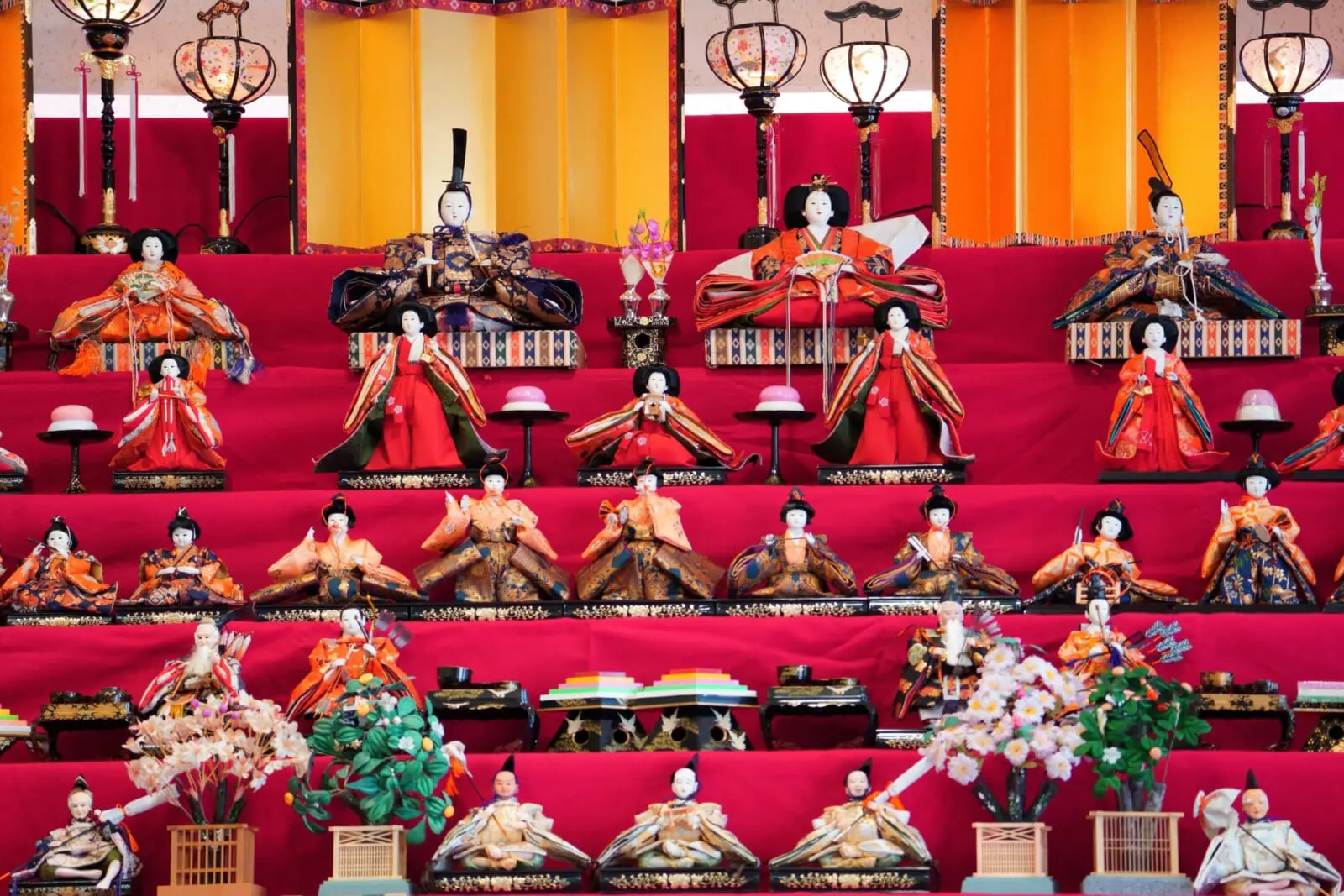
Hina Matsuri Origins
The origins of Hina Matsuri are not clear, but the consensus is that the celebration originated during the Heian period, when purification rituals were held. On the day of the snake — when Japan followed the lunar calendar — it was common practice to perform specific rituals in order to bring in good luck and good health for the coming year. In addition to the rituals themselves, special dolls were displayed as a charm to dispel any previous bad luck and misfortune.
During the Edo period, the dolls became more elaborate. These days, they are displayed to protect girls in the house, with families putting them up from around mid-February each year, and keeping them out until the third day of the third month.
In addition to displaying the dolls in their homes, many families also take part in activities and eat traditional dishes, some of which are said to come from the Heian period.
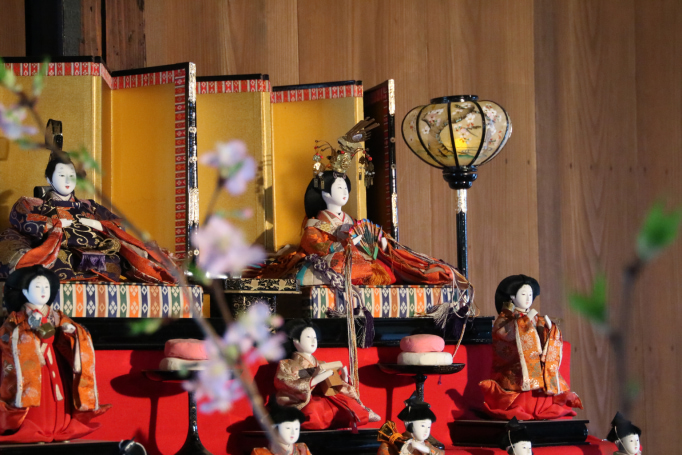
The Meaning Behind the Dolls
Hina Matsuri is also known as “Doll’s Day.” While the practice of displaying dolls comes from Edo times, the Hina Matsuri dolls are modeled on effigies from the Heian period.
The dolls used for the Hina Matsuri celebrations are special, with the elaborate displays becoming family heirlooms. Of course, 100-yen shops like Daiso also sell their own versions of the Hina Matsuri dolls. Though they are not nearly as elaborate, they still count.
For families who celebrate the festival in a traditional way, however, chances are that they’ll have a many-tiered display. The dolls — known as ningyo in Japanese — on each tier have a different meaning, corresponding to the imperial court of the Heian era.
At the top, are the emperor and empress: the most important of all the dolls. Sometimes they are separated by a gold partition.
On the next tier are three ladies-in-waiting. The third tier is home to the musicians, while the fourth is the place of the court ministers, who are joined by small plates of food. The fifth row is the place for the imperial guards, flanked by an orange tree to the left and a cherry tree to the right. If the display is especially elaborate, then there will be other rows below the guards, containing court-related ornaments.
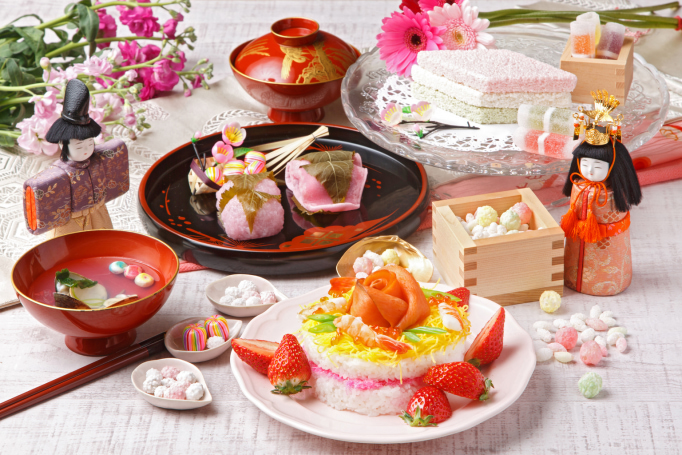
Hina Matsuri Traditions and Customs
As well as the dolls, there are other customs that have become an integral part of Hina Matsuri.
Food
Japanese food is often seasonal, with its traditional Japanese wagashi sweets reflecting the changing seasons.
- Hishi Mochi are diamond-shaped rich cakes.
- Hina-arare are tiny, pink, green and white rice crackers that are named after the dolls. They come in two flavors: sweet and savory.
- Chirashisushi, also known as “scattered sushi,” is a colorful dish of rice dressed in vinegar that is topped with egg and seafood.
- Shirozake is a type of sweet white sake.
Decorations
Decorations consist mainly of the traditional Hina Matsuri dolls. There is a superstition that any girls in families who do not take the dolls down on March 3 will have bad luck in their forthcoming relationships.
Rituals
In addition to displaying the dolls and eating traditional dishes, it’s customary to sing the Hina Matsuri song, known as” Ureshii Hina Matsuri,” which translates to the “Joyful Dolls’ Festival.”
The English translation of this short song is below (taken from the Lam Museum website):
Let’s light the lanterns
Let’s set peach flowers
Five court musicians are playing flutes and drums
Today is a joyful Dolls’ Day
Elsewhere, some areas perform the ritual of nagashibina, which means “floating dolls.” Participants release paper hina ningyo down a river to dispel any bad luck from the previous year.
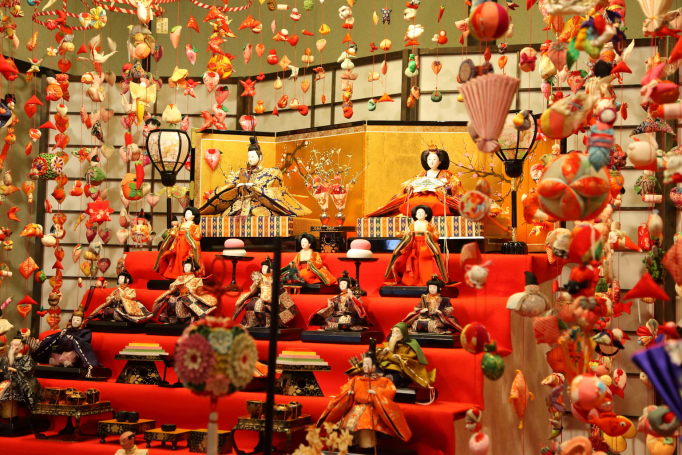
Where To Experience Hina Matsuri in and Around Tokyo
For those who don’t celebrate at home or school, there are various events happening around Tokyo during the duration of the Hina Matsuri season.
Edo Nagashibina Festival
For over 40 years, around the time of Hina Matsuri, Sumida River has welcomed its own Nagashibina Festival. Participants are invited to release paper dolls to dispel any bad luck and to wish for good fortune for the coming year. In 2025, this will take place at Azumabashi Shinsui Terrace in Sumida Park on February 23. Paper dolls are on sale at the venue.
Keio Plaza Hotel Hina Matsuri Exhibition
Keio Plaza Hotel hosts a free annual exhibition between February and March, displaying an impressive range of different dolls.

Katsuura Big Doll Festival
At the Katsuura Big Doll Festival, 7,000 hina dolls adorn the stone steps of Tomisaki Shrine to welcome visitors.
| Date & Time | Feb 22-Mar 03・09:00~ |
| Price | Free |
| Location | Tomisaki Shrine |
